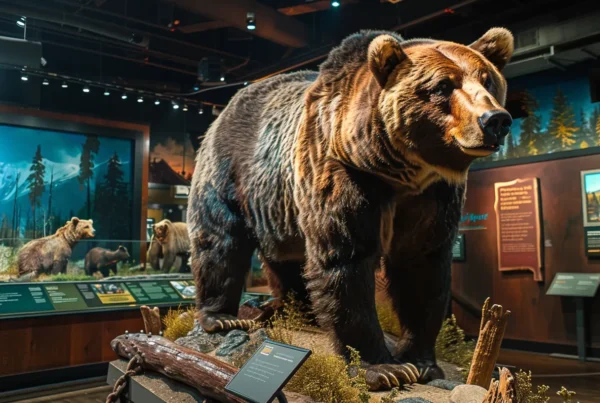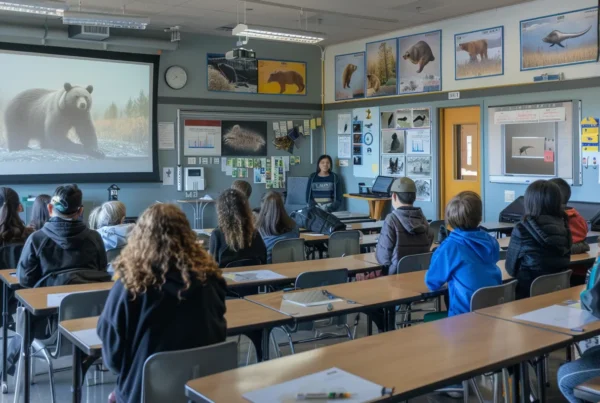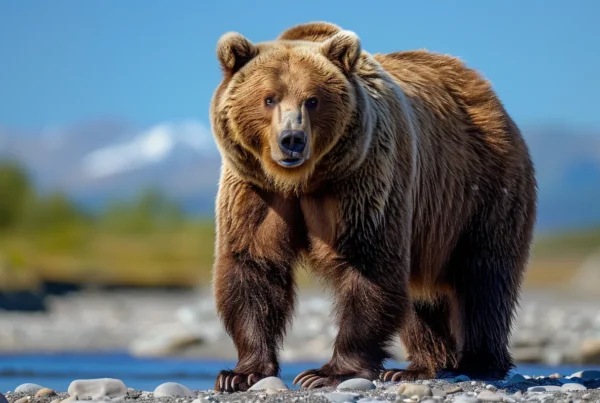Bear Watching Tips
Before you depart on any Alaska Bear Adventures of the Kenai backcountry, you’ll be educated on staying safe in this exhilarating but punishing environment. The experienced guides at Kenai Backcountry Adventures are more than capable of ensuring you have a great time while staying secure from danger on any of our Alaska bear viewing trips, but there are some general practices you should adopt to make it easier on them. Familiarizing yourself with these bear watching tips will help you know what to expect when you arrive.
Predictable Human Behavior
Bears learn through their interactions with humans. Do not allow bears to associate people with food by not feeding them or leaving any trash behind. There are both black bears and grizzlies in Kenai, and both can begin to target humans if they think they’ll get an easy meal out of it. Bears that begin threatening people or property after this kind of habituation are likely to be killed – keeping food properly stored will protect you and them!
All Alaska bear adventures with Kenai Backcountry Adventures follow safe practices that include visiting bear viewing areas and hiking trails that are frequented by our guides and guests – though with significantly less traffic than in popular tourist areas. This lessens the chance of surprising a bear, which is among the most frequent causes of bear attacks towards humans. On any of Kenai Backcountry Adventure’s Alaska bear viewing trips, staying visible and respectful of bears’ personal space is a top priority – but you’ll still have access to some adrenaline-pumping views of these creatures in their natural habitat.
Unobtrusive Viewing
Alaska bear adventures are not hindered by practicing respectful, unobtrusive viewing. Rather, our Alaska bear viewing trips are so successful because the brown bears have learned not to associate our watching of them from safe areas as a threat. Courteous viewing habits allow bears to tolerate sharing their environment with us, with sometimes several of them congregated in high-food zones like sedge meadows in the summer and river banks when the salmon run at a time. You should keep noise to a minimum when observing from designated viewing areas, and use long camera lenses to take pictures.
By understanding the body language and other ways bears communicate among themselves, you can help promote the continuation of safe Alaska bear viewing trips for everyone.
- A bear standing on its hind legs is most likely trying to get a better view or scent and is no need to panic.
- Yawning can be a sign of being irritated, and that you are too close.
- Huffing or other noises from the throat indicate nervousness, and that you might be invading its space.
- Flattened ears on a bear’s head mean it is agitated.
- If a bear slaps the ground or lunges toward you, it is demanding you move away or face consequences.
Feel Safe, Have Fun
Our Alaska bear adventures can seem intimidating, but with experienced backcountry guides and adhering to their tips for safe watching, all Alaska bear viewing trips will be a fun and exciting experience you cannot get anywhere else. Find more information or book one of our Alaska bear adventures online at kenaibackcountryadventures.com.





